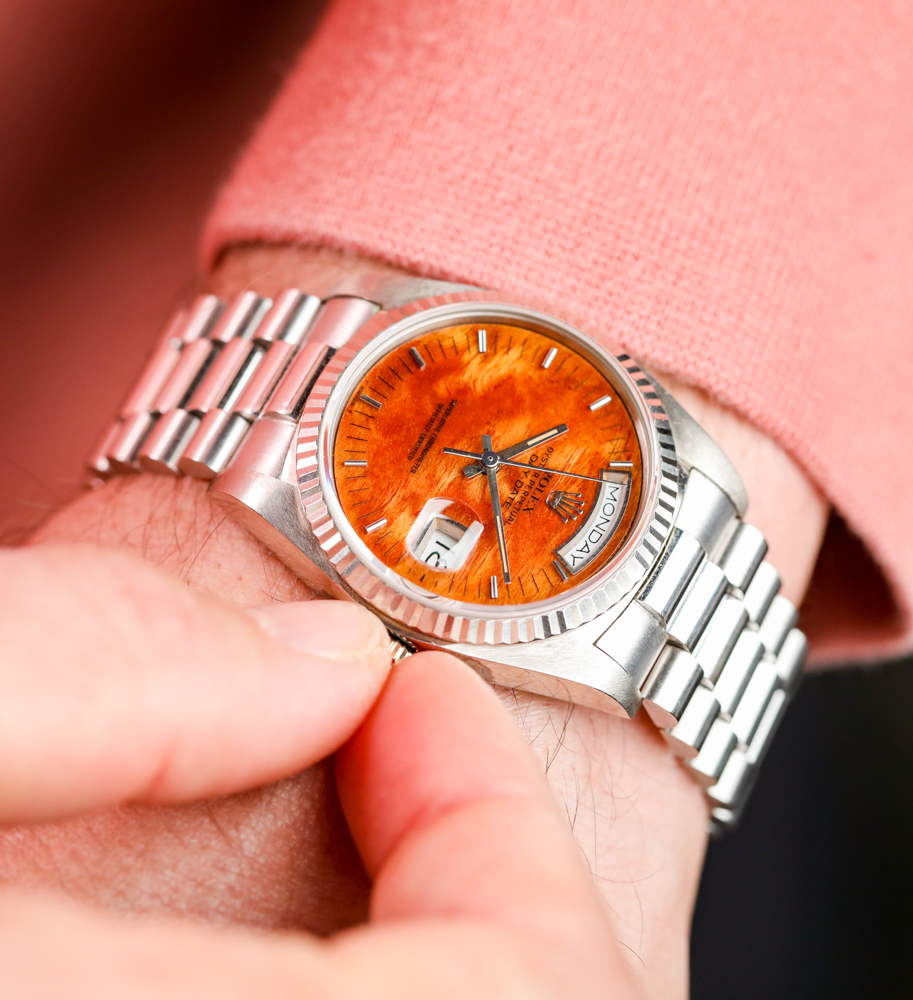1952 Rolex Ref. 6084 Oyster Perpetual
1952 Rolex Ref. 6084 Oyster Perpetual. Watch belonged to Brigadier General Thomas J.H. Trapnell and was a gift presented to him by the Officers of the 187th Airborne Regiment. Based on year of production and Brig General Trapnell’s service history, the watch would have likely been given as a departing gift when he left the regiment in 1952 to become the Chief of the US Military Mission to Vietnam (1952-1954). This legend of an American had quite the Military career, which can be found detailed below:
From the Washington Post:
Thomas J.H. Trapnell, a highly decorated Army lieutenant general who survived the Bataan Death March during World War II and was a top American advisor to the French in the final stages of their colonial war in Vietnam, has died. He was 99.
Trapnell, who retired in 1962 as commander of the 3rd U.S. Army, died Wednesday of a heart ailment at the Fairfax retirement facility at Ft. Belvoir, Va. His decorations included the Army’s Distinguished Service Cross, the second-highest award for valor after the Medal of Honor. He was awarded the service cross in January 1942, a month after commanding a rear-guard cavalry unit in the Philippines that was enduring intense enemy gunfire as it withdrew to the Bataan Peninsula.
Trapnell, then a major, commandeered a medical truck and set it afire on a bridge to delay the Japanese advance. “He waited under fire until the bridge was in flames before leaving the scene in a scout car,” the citation read. “He then retired slowly with the rear elements of his organization [and] picked up wounded soldiers.”
Gen. Douglas MacArthur, commander of the Army forces in the Philippines, called Trapnell’s actions an example of “extraordinary heroism” that “set an inspiring example to his entire regiment.”
Along with more than 70,000 other U.S. and Filipino soldiers, Trapnell was taken prisoner by the Japanese when enemy forces overran the Bataan Peninsula in April 1942. He was marched to a camp dozens of miles away, deprived of water, food and rest, and endured almost three years of foul conditions.
In December 1944, he was among 1,600 American prisoners being transported on the Japanese ship Oryoku Maru when U.S. Navy dive bombers accidentally sank the ship. Trapnell survived but was on the Enoura Maru, which also was sunk by American dive bombers. Only 300 survived the two sinkings. A third ship, the Brazil Maru, successfully made the run to Japan. In August 1945, Russian troops liberated the American prisoners in Manchuria.
The hale, athletic 6-footer–once described as “the warhorse of the West Point backfield” when he played on the U.S. Military Academy football team–weighed less than 100 pounds at war’s end. Trapnell was promoted to general in 1951 and became commander of the 187th Airborne Regimental Combat Team. The next year, he was called on to help overcome a rebellion of more than 80,000 North Korean and Chinese prisoners of war on Korea’s Koje Do Island. Communist leaders had goaded the prisoners into rioting, threatening truce negotiations and leading to the death of one American and more than 40 prisoners.
From 1952 to 1954, Trapnell was chief of the U.S. Military Mission to Vietnam. He sent reports back to Washington stating that the French would not prevail in the conflict against Communist forces. He left Dien Bien Phu shortly before the Vietnamese victory over the French. President John F. Kennedy sent Trapnell back to Southeast Asia in 1961, and his analysis echoed his earlier refrain about the French–that continued U.S. military involvement was inadvisable.
Trapnell held several command positions during the 1950s and early 1960s, including the 82nd Airborne Division, the I Corps in Korea and the Strategic Army Corps, a highly mobile force commonly called STRAC. While STRAC commander in 1960, he lobbied intensely for an integrated Army-Navy-Air Force reaction force that later was implemented as Strike Command. Trapnell settled in the Washington area after retiring from his final active-duty position, commanding the 3rd U.S. Army at Ft. McPherson in Georgia.
Besides the Distinguished Service Cross, he was a recipient of the Distinguished Service Medal, two awards of the Silver Star and three awards of the Legion of Merit, Bronze Star and Purple Heart. Thomas John Hall Trapnell was a native of Yonkers, N.Y., and a 1923 graduate of Episcopal High School in Alexandria, Va., where he was captain of the track team. He was a 1927 graduate of the U.S. Military Academy at West Point, where he was an All-American football and lacrosse star. Upon graduation, he was commissioned in the cavalry and served under future Gens. Jonathan Wainwright and George S. Patton Jr. Trapnell was assigned to the Philippines in 1939 and became a star polo player.
His first wife, Alys Snow Trapnell, whom he married in 1929, died in 1953. His second wife, Elizabeth Jones Trapnell, whom he married in 1956, died in June. He is survived by a sister, Eleanor Trapnell Dosh of Catonsville, Md.
$3,950.00 $4,450.00
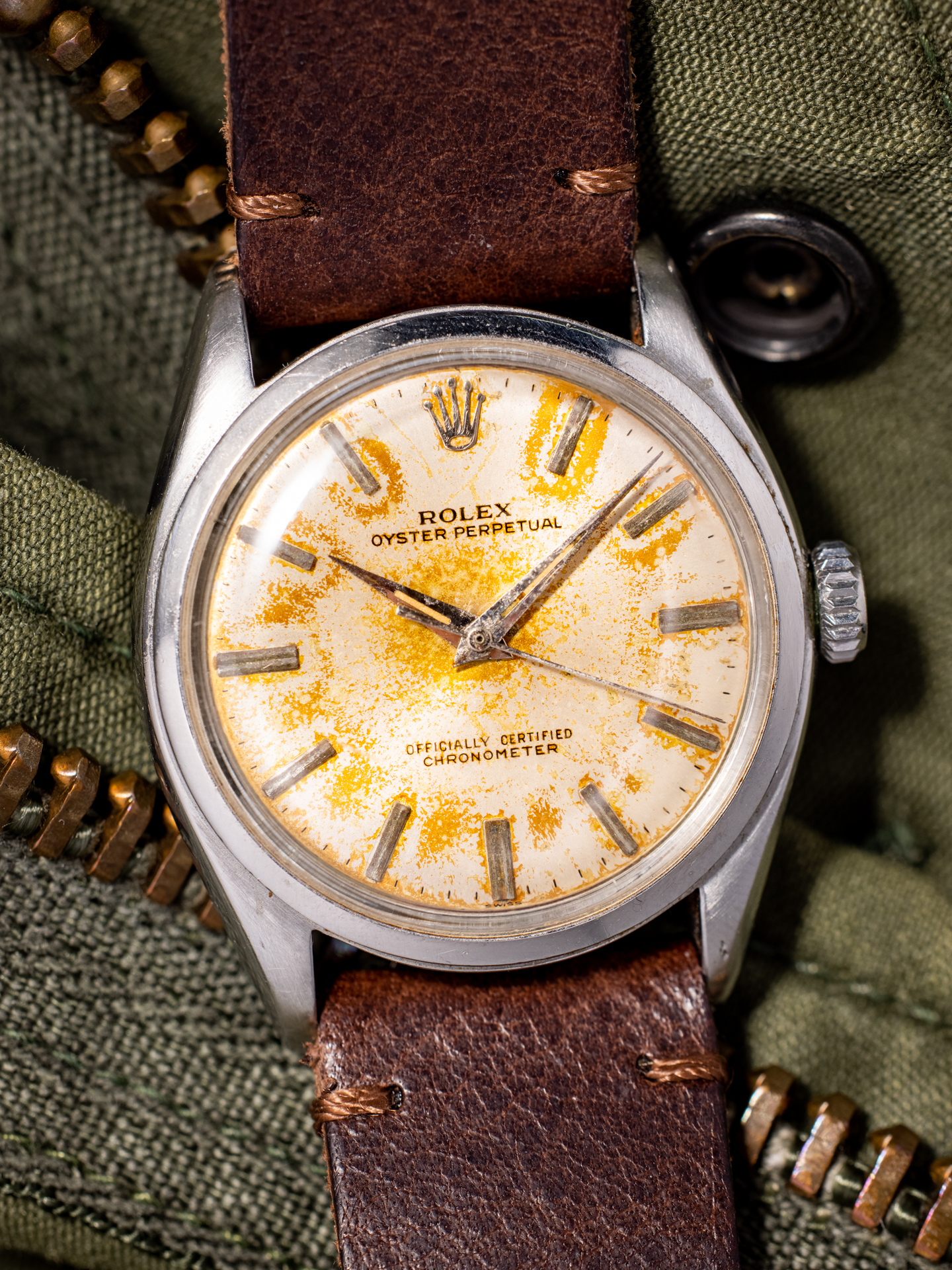
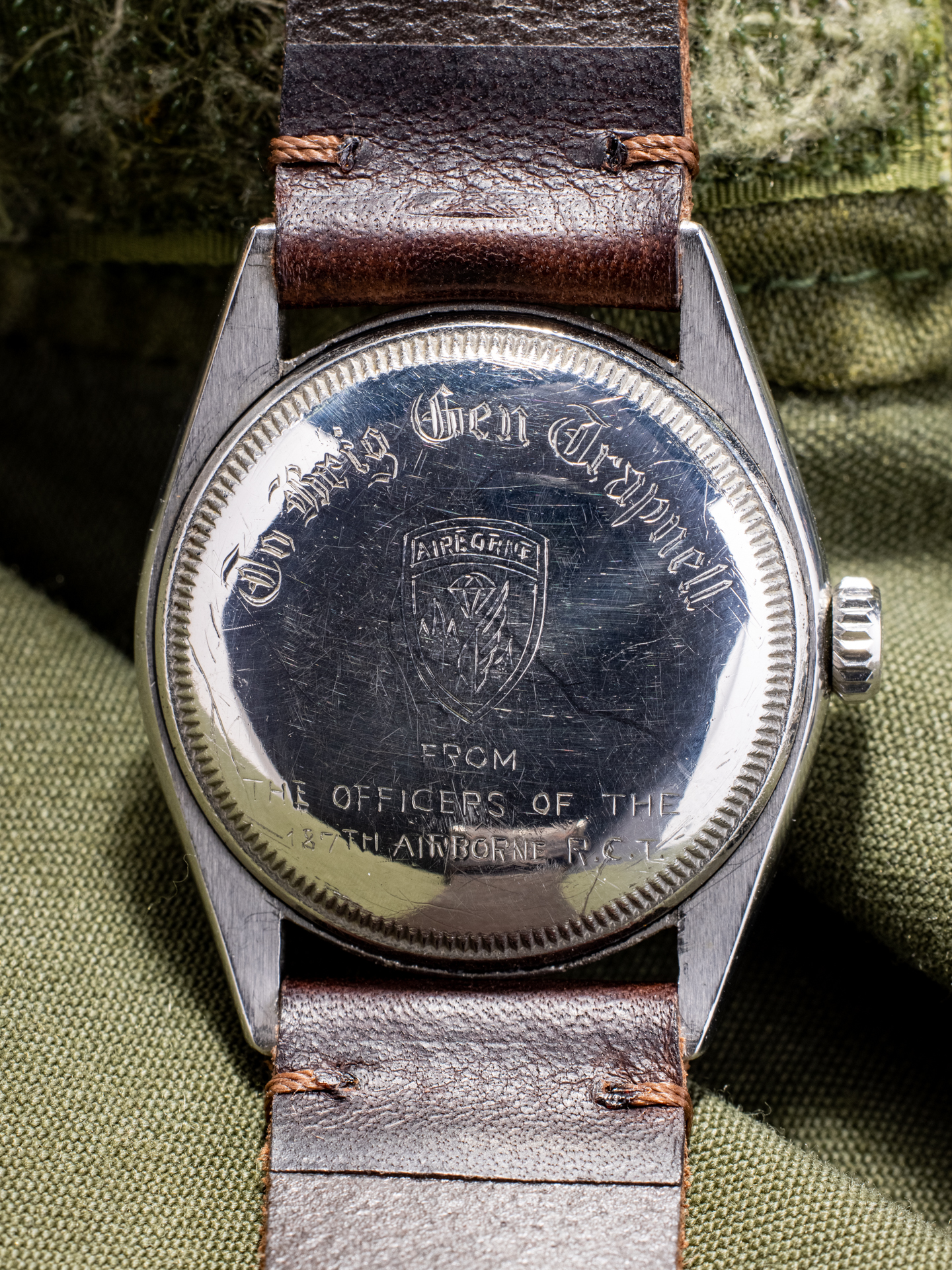
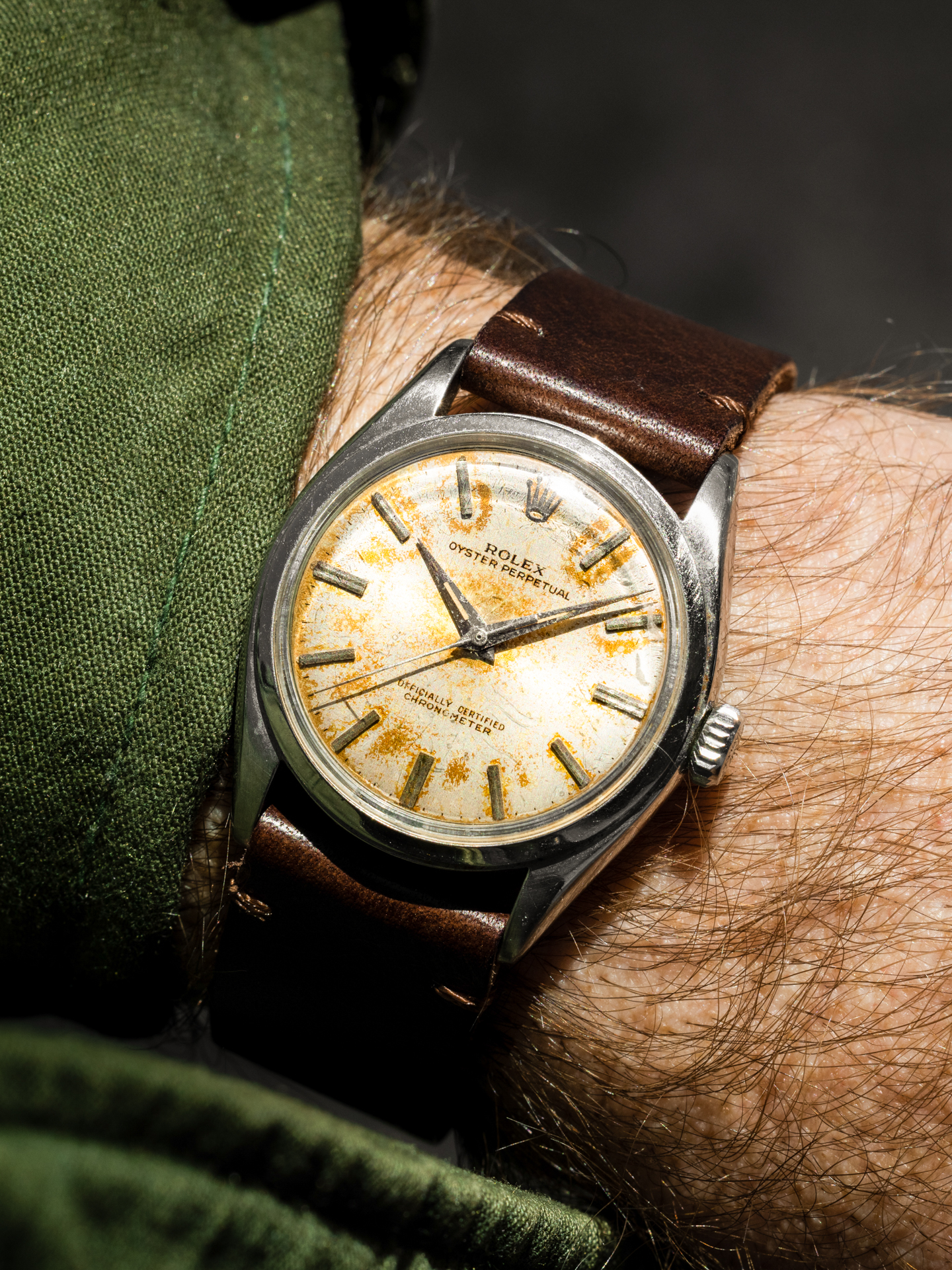
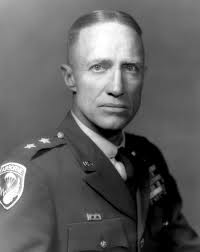

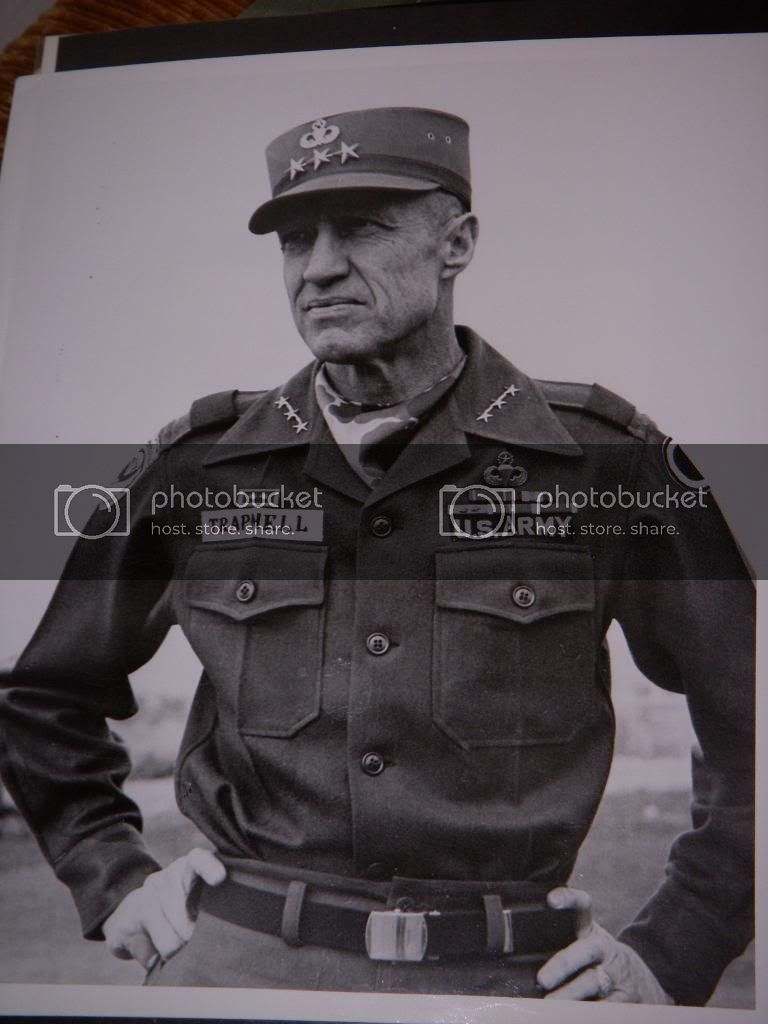
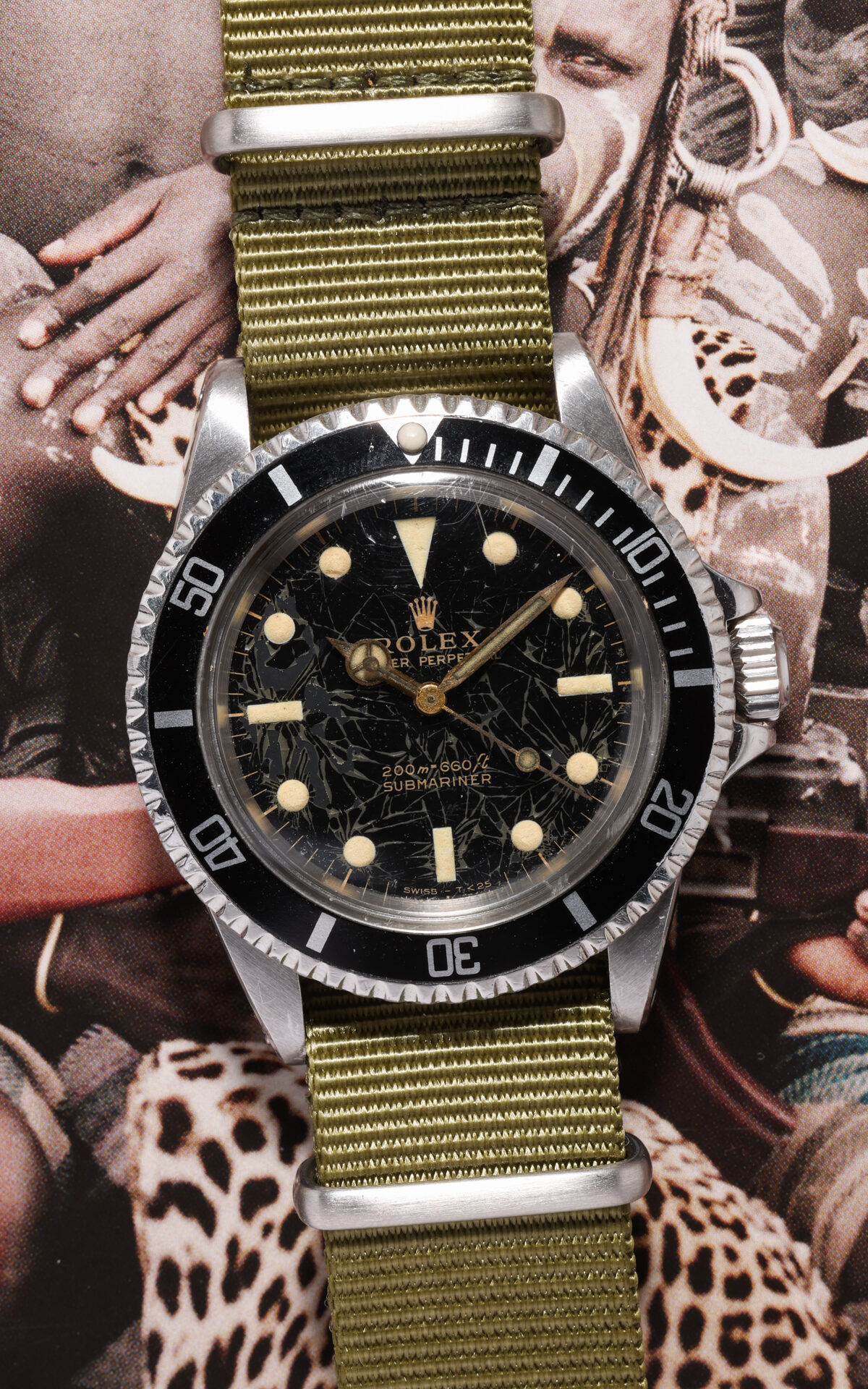












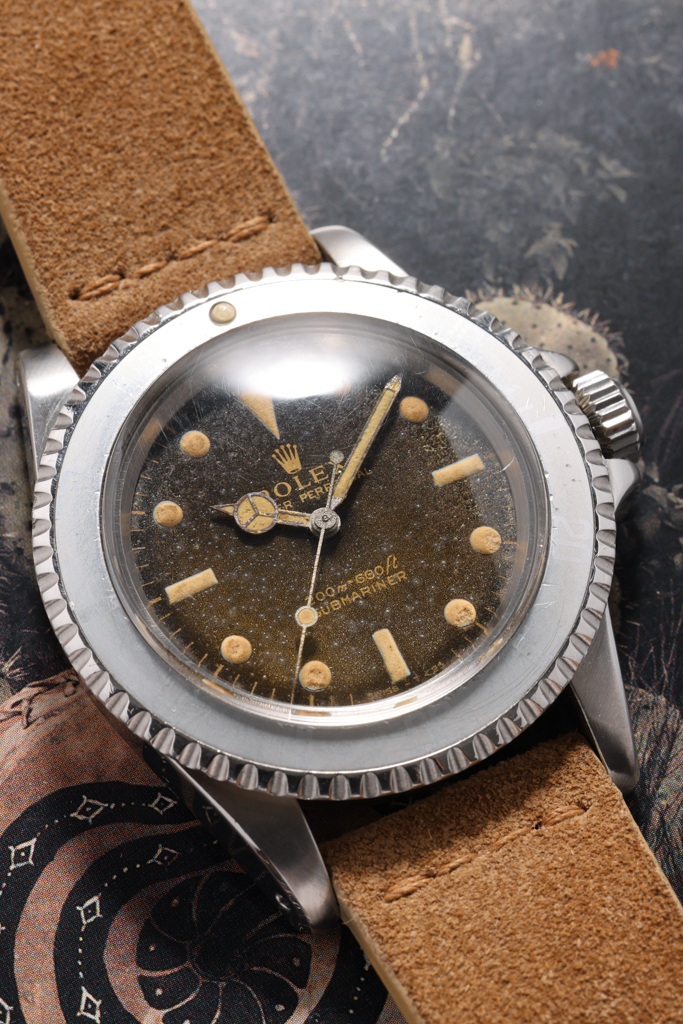
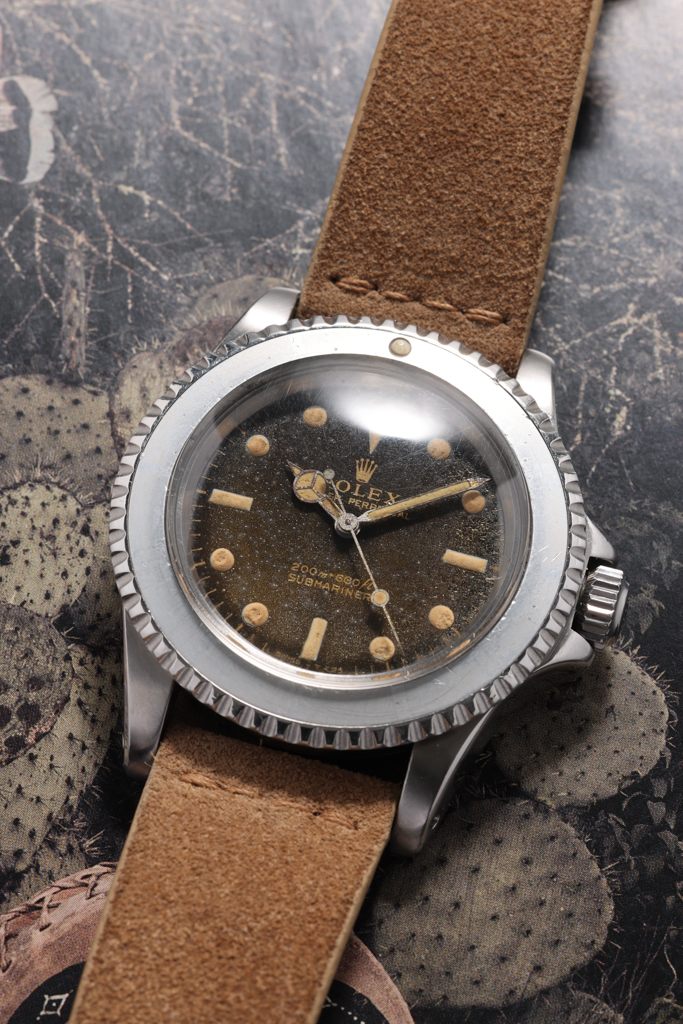




















 No products in the cart.
No products in the cart. 